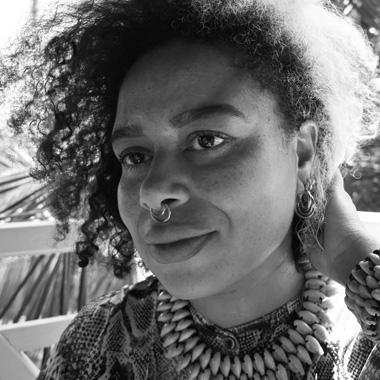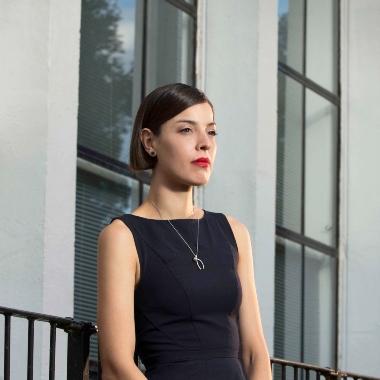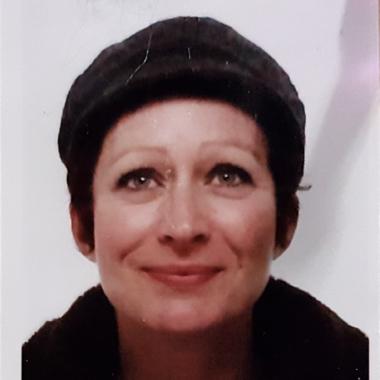Antony Gormley
“For me, art is not about objects of high monetary exchange – it’s about reasserting our first-hand experience in present time.”
Main details
Acclaimed sculptor Antony Gormley, recently knighted in the 2014 New Year Honours list for services to the arts, studied BA Fine Art at Goldsmiths in the late 1970s, and since then has enjoyed a career as one of Britain’s most critically acclaimed artists.
Antony is probably best known for his ‘Angel of the North’ sculpture (pictured), one of the most talked about pieces of public art ever produced. The figure – which is the height of four double decker buses – dominates the Gateshead landscape on which it stands, and typifies his preoccupation with encouraging us to reconsider the elemental world we live in. “The angel has three functions,” he explained. “Firstly a historic one to remind us that below this site coal miners worked in the dark for 200 years; secondly, to grasp hold of the future, expressing our transition from the industrial to the information age; and, lastly, to be a focus for our hopes and fears.” It has won numerous awards, and was named as one of the classic designs of the 20th century by the BBC.
In 1994 Antony was awarded the prestigious Turner Prize for his sculpture ‘Field for the British Isles’, which makes him one of seven Turner Prize winners who are former Goldsmiths students. Almost a quarter of those shortlisted for the award since it began have studied at Goldsmiths.
Speaking about his work in a 2012 TED Talk, he explained that “art is not about objects of high monetary exchange – it’s about reasserting our first-hand experience in present time.” His pieces have been exhibited throughout the world, and he has participated in major group shows like the Venice Biennale. In addition to the ‘Angel of the North’, other permanent public works include ‘Another Place’ (Crosby Beach, England), ‘Inside Australia’ (Lake Ballard, Western Australia) and ‘Exposure’ (Lelystad, The Netherlands).
Antony spoke to Radio 4 about his experience of studying at Goldsmiths: “The most important thing was the constitution of the course and what the tutors could provoke in the students – a kind of chemistry in every year. There was an understanding that the major energy, and the source from which you learned the most, was the energy of your fellow students. There was this absolute understanding that everybody there was absolutely compelled to keep going, and keep exploring, and keep actually articulating what they were exploring – either by showing it or talking about it. The whole thing was driven by the students.”


.jpg)
